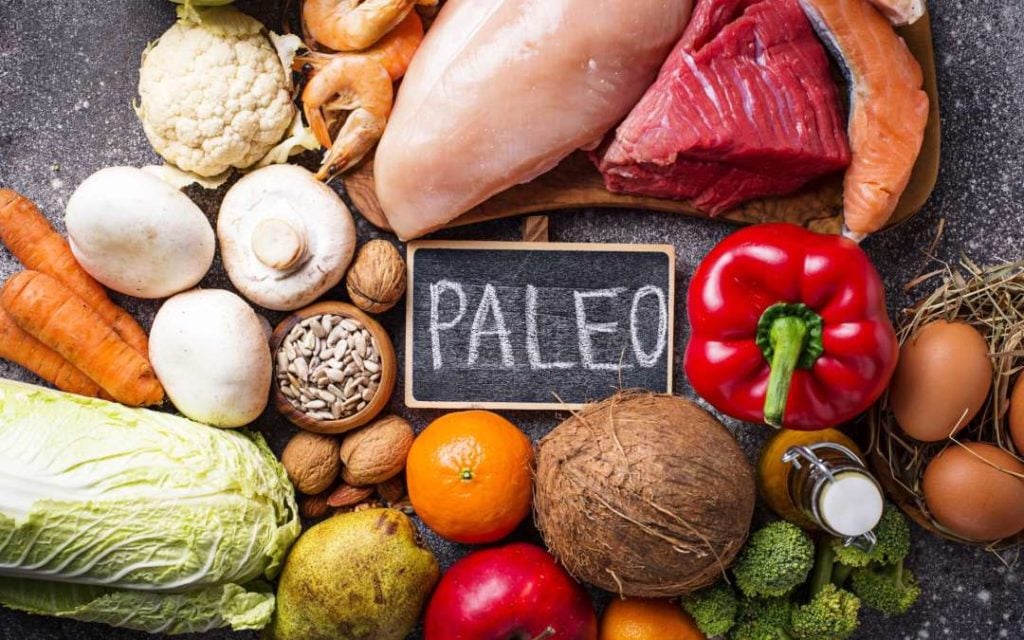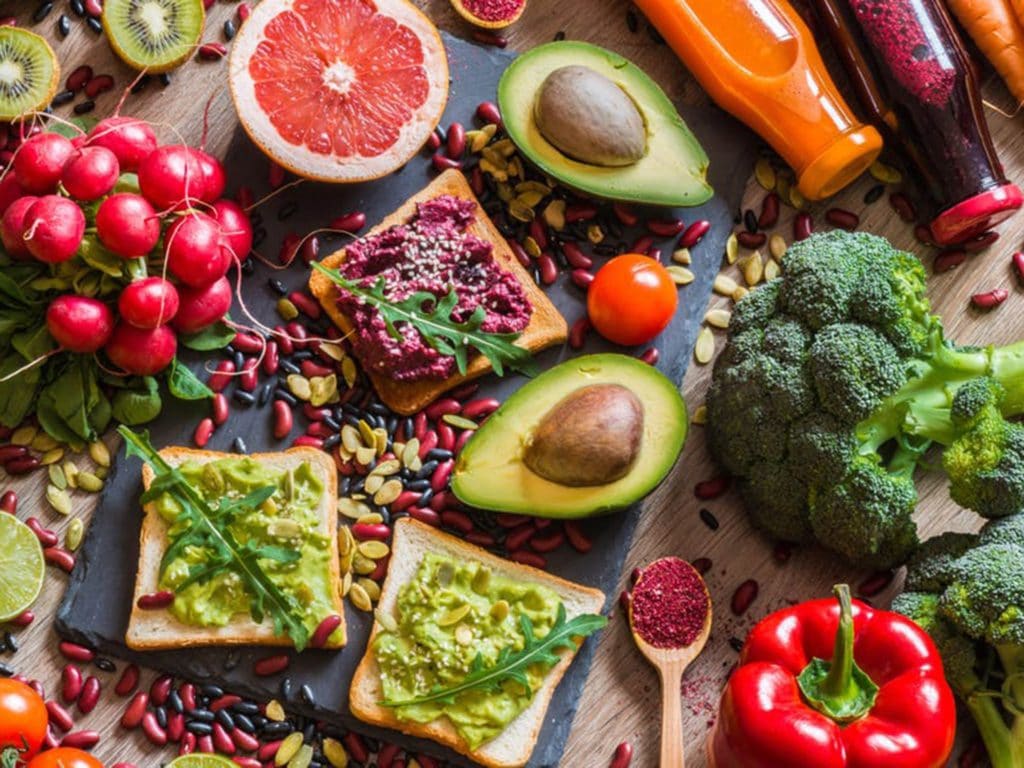For many decades, the diet market has been booming. In the seventies – you might remember it all started with Weight Watchers, followed by Atkins in the eighties – until this point most of us could follow what’s going on. And then everything spun up: we’ve had Whole30, Keto, Macrobiotic, Dukan, Alkaline, and even such, highly arguable directions came into the picture like Blood Type Diet or Subway Diet, the latter we hardly believe any nutritions have ever recommended trying.
But all of this is old news already. So, what’s today’s trend? Just imagine a weird mixture of veganism and Paleo…and here you go. This is Peganism (known also as paleo-vegan diet). Its name already refers to this duality, however, it is quite far from paleo, even further from being vegan. Bacon, for example, gets a green light, but beans are forbidden.

Let’s just stop for a second – what are the rules then?
Paganism is basically a plant-based diet with a twist. Vegetables, seeds, nuts and low-glycemic fruits (mostly berries) get the main focus. The good news is that you are allowed to eat meat, eggs, and fish, the only criterion is that they need to come from a sustainable source. The bad news is that their serving size is tiny: they only can be a side dish or “topping” on your plate.
There is certainly a long list of foods that you’ll have to avoid. This includes classic enemies like sugar and processed foods, refined oils and grains are also to avoid. Dairy is something that has already been updated, and though before you were allowed to enjoy some kefir, yogurt, butter or cheese (especially if it’s goat or sheep), according to the new recommendation you will have to cut out these totally of your meal plan.
The roots of Peganism go back to 2014 when a physician called Dr. Mark Hyman published this diet on his blog, however, up to recent times it didn’t get much attention. The release of Hyman’s book Food: What the Heck Should I Eat seems to have helped a lot with getting publicity, and last year’s CNBC interview for sure didn’t hurt, either.
Checking the rules of Peganism, at first sight, can leave you with the feeling that it’s a pretty easy-to-follow diet. Good veggies topped with some animal products can be an achievable goal for any would-be vegans. And if a diet is plant-based, it’s usually justifiable from a healthcare point of view, as well. So, why not give it a try?

Before we all jump in, let’s just check, what professional dietitians say about this fad:
The spokesman for the Academy of Nutrition and Dietetics, Wesley Delbridge underlines the positives of eating fruits, vegetables, and fish, praises it’s disavowment of sugar, although, seeing beans on the prohibited list doesn’t make him happy.
In his interview in Washington Post, he points out that “beans can be considered a superfood”. They are not just cheap but are rich in protein and fibers. Beans are found in healthy diets all around the world and have many health benefits, they might play a role in the reduction of cancer risk.” – he says.
His other doubt touches grains that are also restricted in Peganism. According to Hyman they raise blood sugar and can cause autoimmune diseases, however, Delbridge says, these assumptions have no medical background whatsoever. He on the other side sees the benefits of the nutrients and fibers of the whole grains that –according to him- can lower the risk of obesity, cancer and heart disease.
Now, you know everything – this is again not the diet everyone agrees upon. But don’t get too disappointed, we surely will be able to report about a new diet fad very soon.
